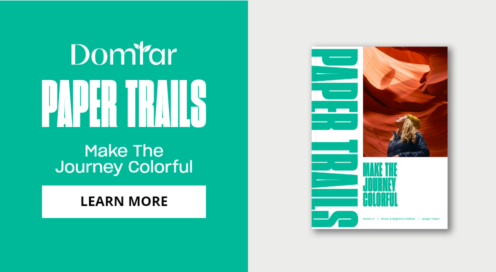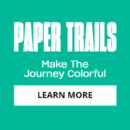Nov 09, 2010
One D or Two?
Tony Davidson
About this video
Description
Tony has been the Executive Creative Director of Wieden + Kennedy London since 2000. Today it is one of the most admired ad agencies in the world, having created projects like Nike's Run London and 'Aiwaworld' online. But perhaps their most famous work was Honda's 'Power of Dreams' campaign that received international acclaim, increased sales and changed the perception of Honda, not to mention dominated every award show for the past three years. Tony is equally passionate about pushing Wieden + Kennedy into new areas and has helped develop several WK products. Tony was made Global Partner of Wieden + Kennedy 2009.
T
Tony Davidson









